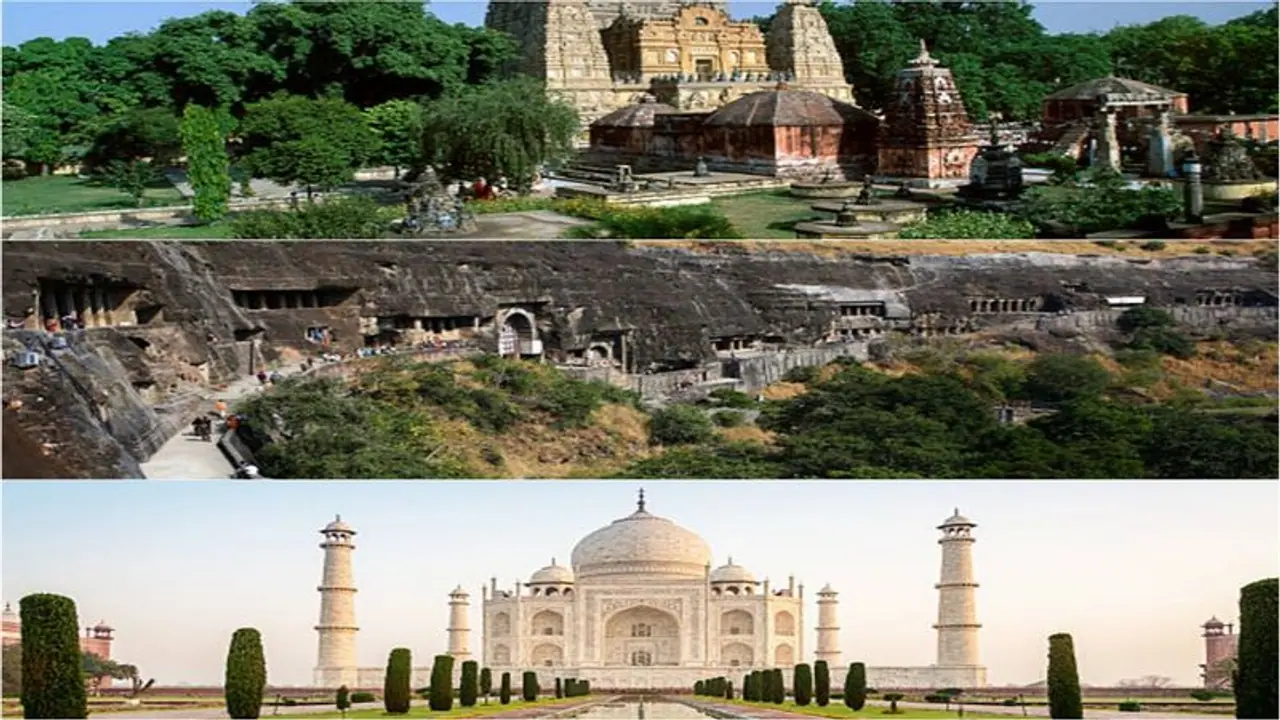World Heritage Sites are recognized and safeguarded globally by the UNESCO World Heritage Convention, which was founded in 1972. Two more sites from India have been added to the UNESCO World Heritage List. Here is the list of the 7 most popular ones.
A UNESCO World Heritage Site is a location that has been designated as having exceptional cultural or physical significance and being of exceptional worth to humanity by the United Nations Educational, Scientific, and Cultural Organization.
Globally, UNESCO works to promote the preservation, recognition, and upkeep of natural and cultural heritage. The 1972 UNESCO-accepted Convention regarding the Protection of the World Cultural and Natural Heritage serves as an example of this.
The top seven ones in India are listed here.
1. Taj Mahal
The Taj Mahal was named a UNESCO World history Site in 1983 due to its status as the crown gem of Indian art and one of the most well recognized works of art in history.
It is recognized by many as the ultimate example of Mughal architecture and a representation of India's illustrious past.
2. Ajanta Caves
One of the best examples of ancient Buddhist rock-cut architecture is seen in the Ajanta Caves. The Ajanta artistic traditions offer a significant and unique example of Indian modern society's sociocultural, religious, and political history as well as art, architecture, and painting.
3. Elephant Caves
Covered with countless old archeological relics that illustrate its rich cultural past, the little island of Elephanta Caves is located in Western India. Since 1987, the forested landscape and architecture of Elephanta Caves have been recognized as UNESCO World Heritage Sites.
4. Group Of Mountains at Hampi
The scenery surrounding the historic village of Hampi in the Karnataka state of south India is so unique that it seems to be on a different planet. The rolling terrain is dotted with massive stones that have a reddish tinge, which contrasts with banana trees and stretches of lime-green rice paddies.
5. Khajuraho
Khajuraho's temples are renowned for the way sculpture and architecture blend together harmoniously. Every surface is heavily engraved with both non-anthropomorphic and anthropomorphic motifs that represent secular and sacred subjects.
6. Mahabodhi Temple
One of the holiest places in Buddhism, Mahabodhi Temple marks the location of the Buddha's Enlightenment (Bodhi). It is situated on the banks of the Niranjana River in Bodh Gaya, in the northeastern Indian state of central Bihar.
7. Agra Fort
The Red Fort of Agra, a significant 16th-century Mughal structure, is located close to the Taj Mahal's gardens. The imposing red sandstone citadel's 2.5 km-long enclosing walls enclose the royal capital of the Mughal monarchs.
